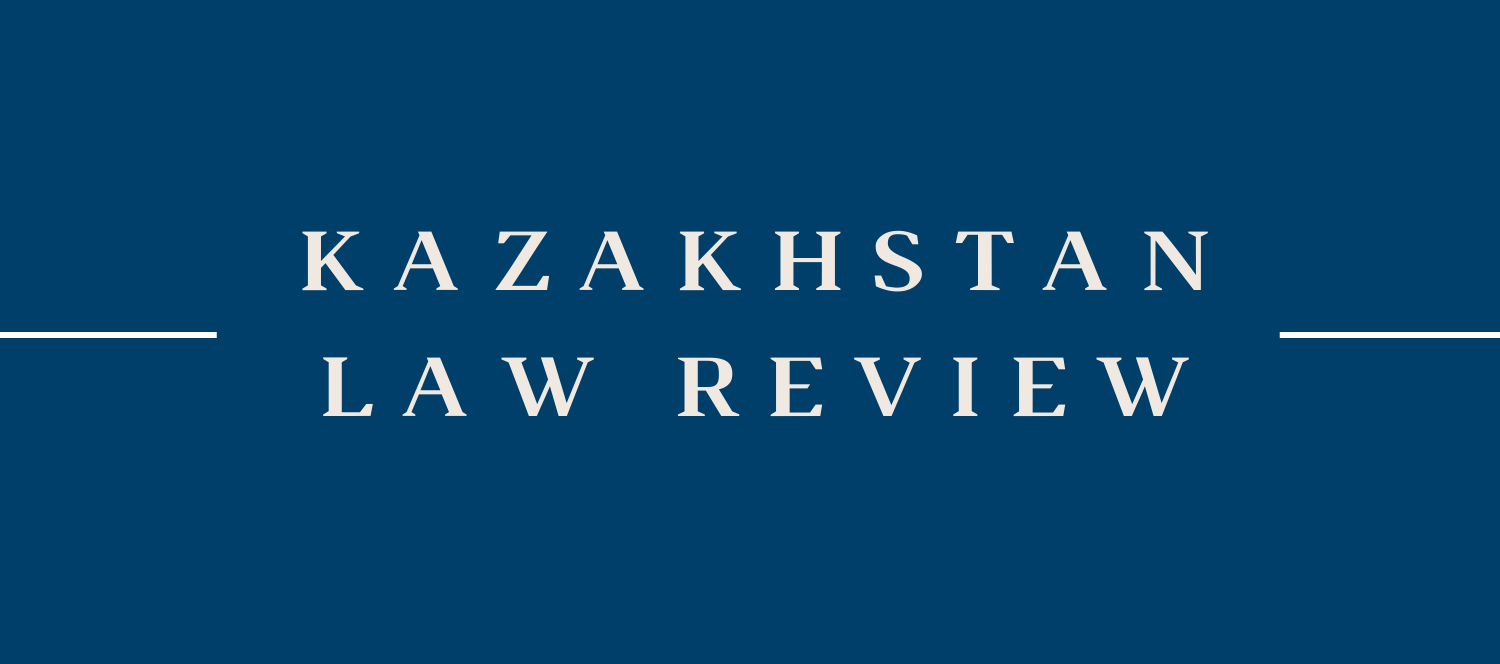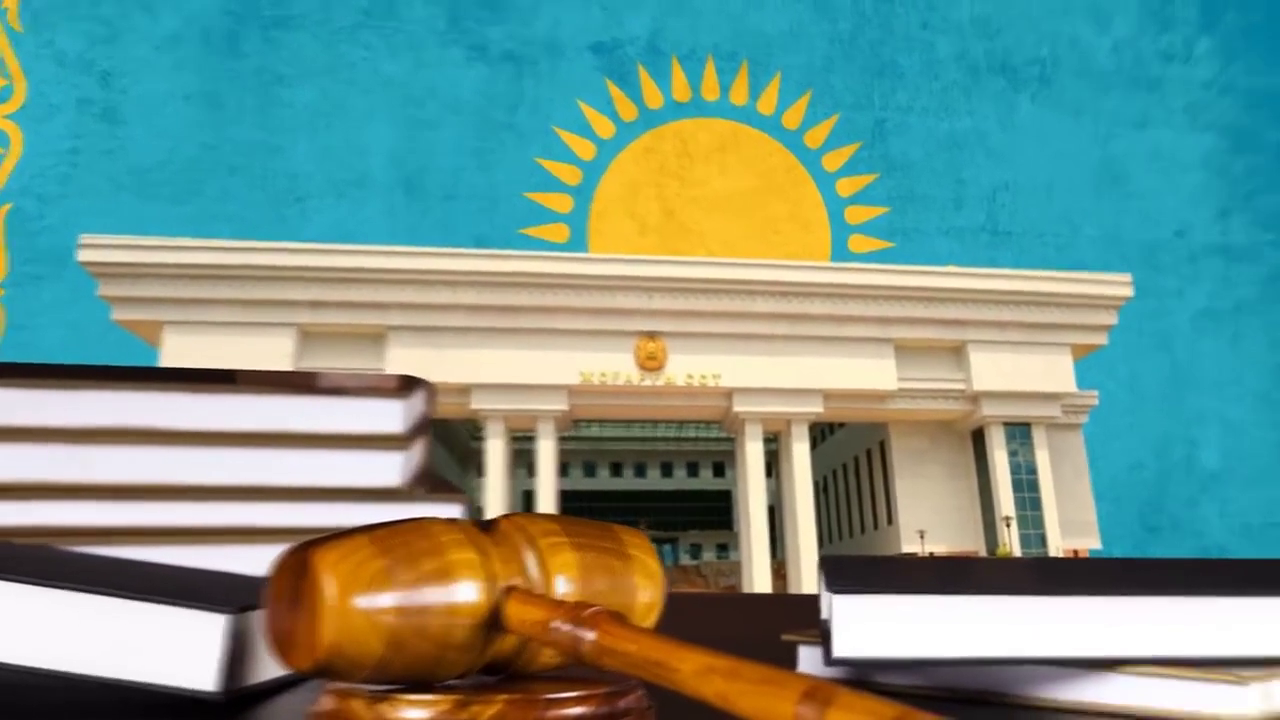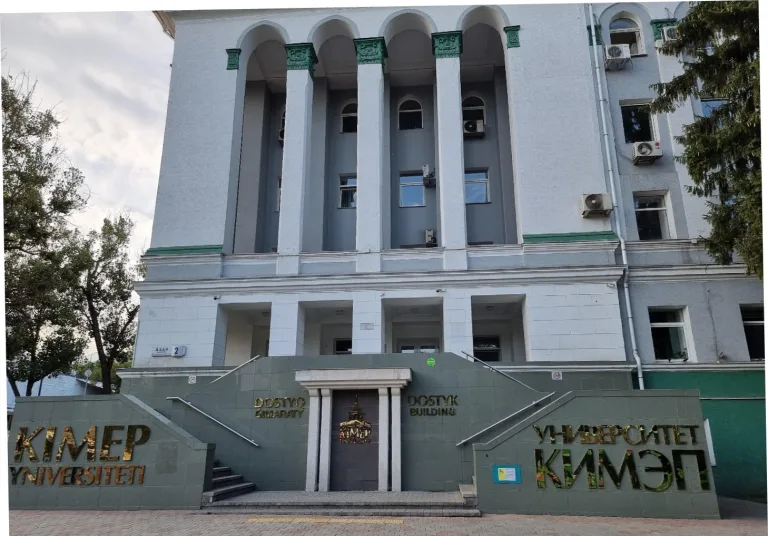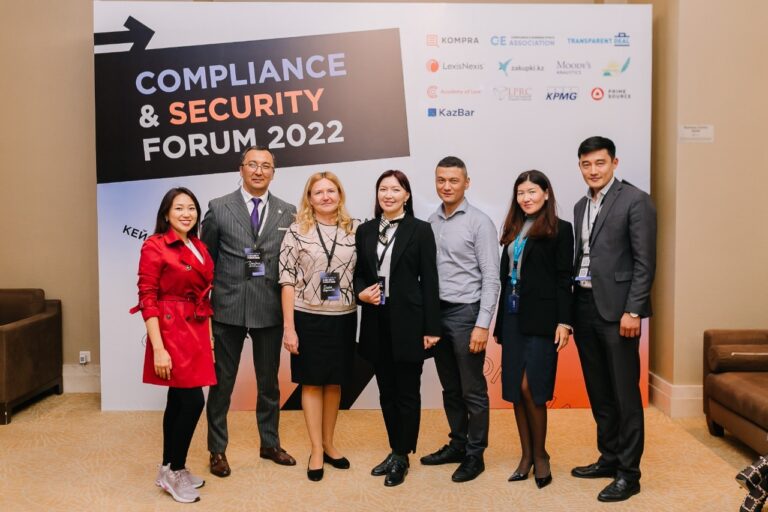В официальном издании Международной ассоциации судебной администрации (IACA) опубликована статья президента Международной ассоциации судебной администрации (IACA) Луиса Марии Пальмы «Судебная администрация в Казахстане: достижения и перспективы», в которой рассмотрены реформы в Казахстане и рассмотрены достижения в области судебного администрирования.
Л. Пальма, профессор Национального университета Буэнос-Айреса, директор Института передовой практики в области международного правосудия (IIJE) в Гааге (Нидерланды) рассказал об изменениях в Казахстане по итогам своего июньского визита в этом году. Ранее, в 2019 году, он был в Астане в качестве участника международной конференции IACA, сообщает пресс-служба Верховного суда.
По его словам, за короткий период времени были проведены впечатляющие реформы в сферах образования, доступа к правосудию, управления, инфраструктуры, нормативных актов и сотрудничества.
«К началу 2023 года решение президента Казахстана о создании нового независимого центрального органа — Судебной администрации РК — стало решающим и динамичным моментом административной реформы в судебной системе Казахстана», — пишет Л. Пальма.
Среди достижений Республики Казахстан, которые он увидел и изучил, Луис Пальма отметил следующие:
• независимый бюджет судебной системы;
• автоматизированное распределение дел по экстерриториальным осуждениям;
• высокий уровень развития цифровизации и доступа к правосудию;
• использование элементов искусственного интеллекта и робототехники в судопроизводстве.
В Казахстане, как отмечается в статье, использование информационных сервисов позволило быстро перейти к роботизации и внедрению элементов искусственного интеллекта: в 2022 году была внедрена роботизированная система для рассмотрения определенных категорий гражданских дел.
Робот, основанный на четких алгоритмах принятия решений, автоматически генерирует проекты судебных актов в случаях, когда усмотрение судей строго ограничено законом.
Если робот допустит какую-либо техническую ошибку, судья может исправить ее. Ответственность за принятое решение остается за судьей, поэтому нет никакого нарушения конституционных положений.
В 2022 году робот зарегистрировал 126.000 или 80% полученных судебным приставом-исполнителем материалов об ограничении должнику выезда из страны и более 10.000 заявлений о выдаче судебных приказов о взыскании алиментов на детей.
В настоящее время проводится анализ других категорий дел и материалов для дальнейшей роботизации.
Еще одна разработка в этой области связана с цифровой аналитикой гражданских дел с использованием элементов искусственного интеллекта. Система обучена определять категорию дел, искать похожие дела, отслеживать «жизненный цикл» во всех судах, выявлять несоответствия в судебных решениях и прогнозировать исход гражданских дел.
Подводя итоги, президент ВССБ назвал эти достижения, способствующие повышению качества и эффективности правосудия, отличными и обнадеживающими достижениями.
Полный текст статьи:
Judicial Administration in Kazakhstan Achievements and Perspectives
By Dr. Luis Maria Palma, President, International Association for Court Administration (IACA)
Dr. Palma wears many hats in his professional career(s). Currently, he is a
Head Professor at the Universidad Nacional de La Matanza (UNLaM)
in FLORENCIO VARELA 1903 in SAN JUSTO, BUENOS AIRES,
Argentina. Dr. Palma also serves as a Director at the International
Institute for Justice Excellence (IIJE), The Hague, Netherlands. To read
and view Dr. Palma’s research on his Social Science Research Network
(SSRN) page, please view https://ssrn.com/author=846895. Readers may
follow up with Dr. Palma at President@iaca.ws.
Between June 20 and 25, 2023, I visited the Republic of Kazakhstan thanks to the generous invitation of the Judicial Administration of the country and the support of the Organization for Security and Co-operation in Europe.
In Astana, on June 22 I participated as keynote speaker in the International Round Table “Judicial Administration for an Independent Justice: Global Standards and Best Practices,” where I addressed the subject “Judicial Administration, New Models and Challenges in Developing Countries”.
In this forum, judges, and representatives of the judicial administrations of the Kazakhstan, Azerbaijan, Kyrgyzstan, Turkey, Uzbekistan, United Kingdom, and other countries shared their experiences and discussed tools and current activities aimed to optimize access to justice and judicial administration with a strong support on Information and Communication Technologies (ICT).
During my stay, I visited Astana and Almaty and had the opportunity to acquire first-hand knowledge of the developments of the judicial administration. I had been in Kazakhstan in September 2019, attending the International Conference of IACA. Since that conference, and in a short term, thanks to strong leadership and consistent and organized teamwork, it was possible to carry out impressive reforms in areas as diverse as access to justice, training, management, infrastructure, regulations, and cooperation. The Judicial Administration has great deal to do with that.
Previously, the Ministry of Justice of Kazakhstan was responsible for judicial administration and related matters. In 2000 it was established as the Committee on Judicial Administration of the Supreme Court, aimed to ensure the independence and autonomy of the judiciary from the executive branch. Judicial administration evolved since then, and in 2010 the Committee was replaced by a Department under the authority of the Supreme Court, which was put in charge of providing organizational and logistical support to the courts.
By the beginning of 2023, the key and breakthrough moment in the management reform within the framework of the judicial system of Kazakhstan was the decision of the President of Kazakhstan on the creation of a new independent central government: The Judicial Administration of the Republic of Kazakhstan.
The Judicial Administration design is one of its kind, based on international experiences and recommendations from the UN Special Rapporteur, UNDP, OSCE and CEPEJ, amongst other organizations: the Kazakh Judicial Administration has been institutionalized as an independent branch of the public administration of the country.
This, to achieve these strategic objectives:
• To ensure an independent administration of justice.
• To create the judicial administration state policy.
• To develop systemic reforms aimed to improve the judicial system and the courts functioning.
Thanks to the former, the Judicial Administration has relieved judges of exercising functions that do not relate to their core mission, such as administrative activities, participating in government working groups, commissions, and meetings.
As an example of the changes that were performed, previously the Chairman of the Court oversaw administrative tasks such as creating or improving working conditions, judges’ workplace ergonomics and services for the people. With the new model, the specially trained staff of the Judicial Administration take care of all those nonrelated judicial activities, and judges can be fully focused on their core mission: delivering justice through their rulings.
Also, the handling of interactions with the other branches of the government is carried out through the Judicial Administration, something that is material to facilitate dialogue, policy building and effective management.
I’m going to summarize just some of the achievements of Kazakhstan that I was able to see and learn from:
Independent Budgeting for the Judicial System
Previously, the Executive Branch and the Parliament decided upon the establishing of the budget for the judicial system. Then the Ministry of Finance used to set a spending limit for the year, and decided which projects were to be carried out with that funding and which were not. Such a practice created a permanent uncertainty about the following year’s budget and any possibility of improving services with a short, middle, or long-term projection. That in turn highlighted the dependent position of the judiciary from the Executive Branch of the Government.
In the context of the judicial reform and since 2022, the decision was made to eliminate the spending limit and set the lower budget threshold at the level of the constitutional law. Currently the judicial budget represents at least 6.5% of all government agencies expenses.
Now, the judicial community is represented in an expanded plenary session of the Supreme Court by delegates from each region and all tiers, and it can distribute the budget accordingly.
The organization of the planning, formation, and spending, is entrusted to the Judicial Administration.
This way it has been possible to exercise the autonomous right of the judicial self-government body to determine the amount of judge salaries by itself, to guarantee their intangibility and economic stability.
Automated Distribution of Cases
An automated case distribution system (ARD) has been introduced in Kazakhstani courts of all tiers. ARD distributes the cases among judges without any human intervention, considering the nuances of procedural legislation and the workload of judges.
In the same regard, the use of the system made possible to apply the so-called principle of extraterritoriality in jurisdiction: ARD randomly distributes the cases not within one court, but among all the courts of the country, considering the specialization of the court and judges. This in turn serves as a full-fledged anti-corruption tool.
The issue of establishing a collegial composition of appellate judges in a random automated way is also being worked out thanks the developments in the same field.
Given all activities are recorded in an electronic journal without the possibility of editing, any unlawful interference in the ARD entails liability.
All these matters were considered in 2019 and set in the Constitutional Law, securing the powers of the plenary session of the Supreme Council to approve the rules for its application.
Digitalization and Access to Justice
Kazakhstan ranks as the 4th country in the world in terms of digital access of the population to the courts. In this regard, the development of user-friendly IT services has been essential to simplify access to justice in real time.
The use of plain language under development is another key to make justice get closer to the people and promote a higher quality access and delivery of it.
A single electronic window of access to the courts was launched in 2014. Thanks to this, 94% of the cases are filed through this system. Currently, any user can apply to the court and submit documents electronically without leaving home or office by using Face ID and Touch ID. This service enables the remote acquaintance with the case materials for all participants in the process.
Since 2016, the information and analytical system «Torelik» provides prompt access to data exchange and ensures a complete transition to the electronic format.
All courtrooms are equipped with state-of-the-art audio and video recording (AVF) systems, with the ability to remotely familiarize users with audio and video recordings and conduct court hearings remotely via videoconferencing (VCS).
Artificial Intelligence and Robotization The use of machine learning, artificial intelligence (AI), and robotics in legal proceedings is a course of action of great importance and potential, as well as of increasing achievements.
In Kazakhstan, the use of information services made it possible to move fast to robotization and the introduction of elements of artificial intelligence: a robotic system for certain categories of civil cases was introduced in 2022.
A robot, based on clear decision-making algorithms, automatically generates draft judicial acts in cases where judicial discretion is strictly limited by law.
If the robot makes any technical error, the judge can correct it. The responsibility for the decision remains with the judge, so there is no infringement whatsoever of the constitutional provisions.
In 2022 a robot registered 126.000 or 80% of the materials received by the bailiff on the restriction of the debtor to leave the country, and over 10.000 applications for the issuance of court orders for the recovery of alimony for children.
It is underway the analysis of other categories of cases and materials for further robotization.
Another development in this area is related to digital analytics of civil cases using elements of artificial intelligence. The system is trained to determine the category of the cases, search for similar cases, track the “life cycle” in all courts, identify inconsistencies in court decisions and predict the outcome of civil cases.
Therefore, AI provides the judge with data on the judicial practice in similar cases. In the future, the same will be possible with the aim to facilitate users to assess their chances of succeeding before going to court.
AI is used as an auxiliary tool to ensure uniformity in the application of the law, considering the principles of the CEPEJ’s European Ethical Charter on the use of artificial intelligence (AI) in judicial systems and their environment. This, in order to develop reforms based on generally recognized standards and best practices.
As a summary: during my visit I have seen how remarkable achievements have been made to deliver justice by improving access and services. With this aim, quality, and efficiency are (in this order) two essential features. The Judicial Administration of Kazakhstan is working restlessly with such purpose, and the results are impressive and greatly encouraging.
Источник статьи: https://www.iaca.ws/assets/The_Court_Administrator/Court_Administrator_Volume_15_Fall_2023.pdf
Редакция Kazakhstan Law Review
Следите за свежими материалами, подписывайтесь здесь: Telegram, Instagram, Facebook, YouTube




